Wilier Cento10 Air review
We've tested the new Wilier Cento10 Air aero race bike as ridden by the Wilier Triestina-Selle Italia Pro Continental team
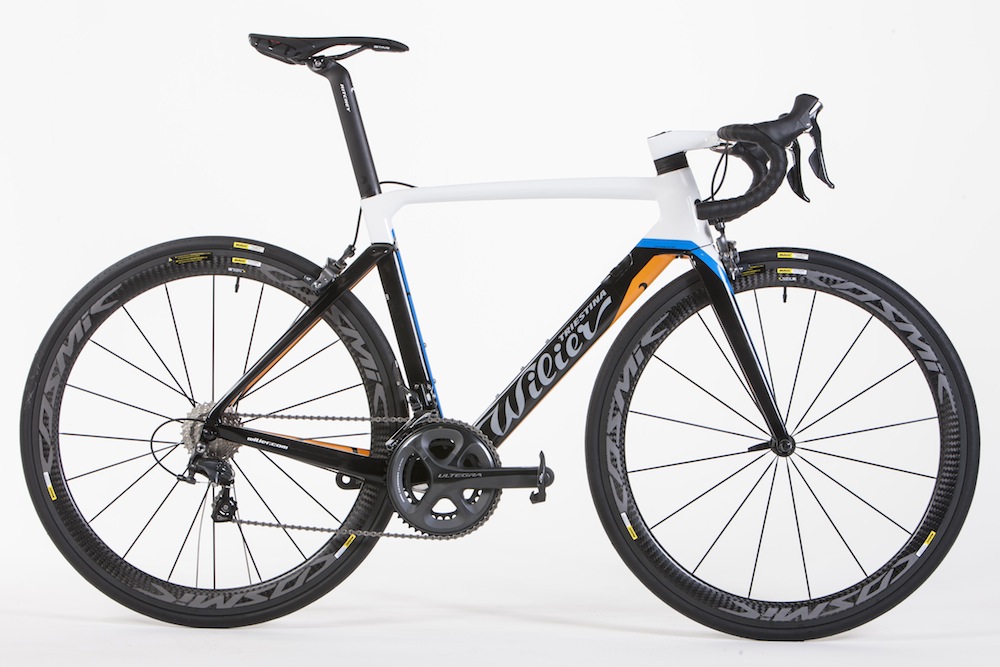
The Wilier Cento10 Air is a quality aero bike with pro-level credentials and a modern design from a long-established Italian maker. It’s well specified, including a top notch wheelset, and is a comfortable ride. But its racing pedigree and the expensive wheels are reflected in the price.
-
+
Attractive frame
-
+
Aero features don’t detract from comfort
-
+
Quality wheelset matches the bike’s aero credentials
-
+
Novel bar-stem combo adds to the aero profile
- +
-
-
Expensive for the groupset spec
You can trust Cycling Weekly.

Making bikes for over 110 years, Italian brand Wilier is one of the oldest bike companies around. Although it had a hiatus in the 1950s, it was relaunched in 1969 by its current owners, the Gastaldello family.
Throughout much of its life, Wilier has been involved in racing. Fiorenzo Magni won the Giro d’Italia on a Wilier in 1948, Marco Pantani made the fastest ever ascent of Alpe d’Huez in 1997 when the brand sponsored the Mercatone Uno team and it was a long-time sponsor of Lampre.
>>> Marco Pantani's Alpe d'Huez record-setting Wilier bike comes to the UK
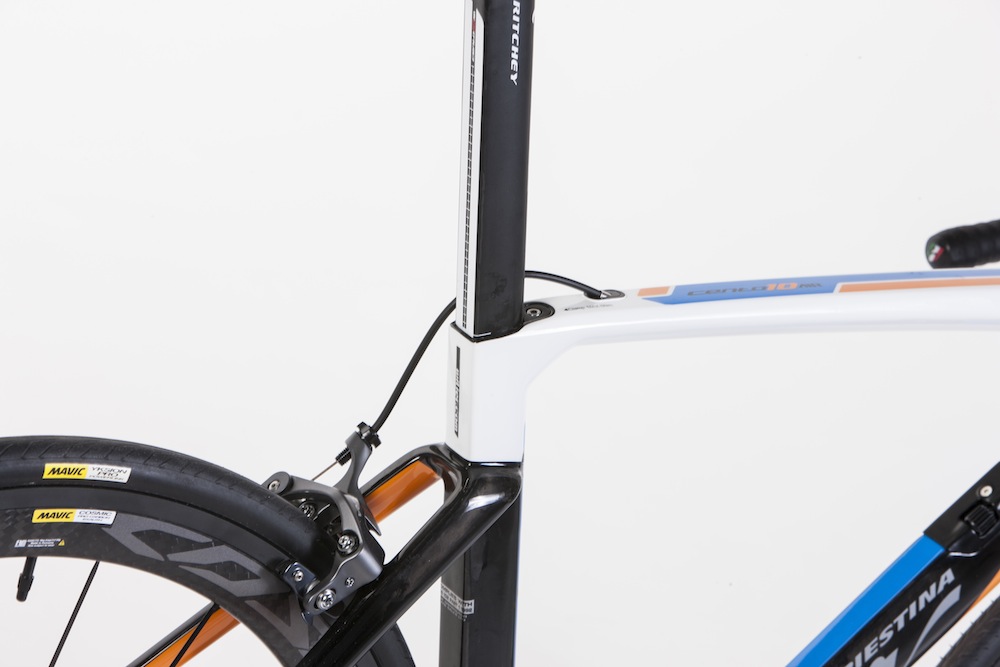
It’s currently providing bikes to the Wilier Triestina-Selle Italia Pro Continental team, with its star rider being 2006 Milan-San Remo winner Filippo Pozzato, in his last season before his planned retirement. The Cento10 Air – so named for its release in the 110th year since Wilier’s founding – is the main bike ridden by the team.
>>> However large you like your gravel Wilier has a bike for you
We’ve tested the bike in its Ultegra specification in the Italian Dolomites in June – and in the damper and less dramatic playground of southern England over the winter.
Unusually for a pro-level bike, the most striking feature of the Cento10 Air is not its frame, but its bars. Called the Alabarda – the Italian for a halberd, Wilier’s head tube emblem – this one-piece bar-stem is a custom design by Wilier. It’s made to keep the front end of the bike very aero, with the gear cables routed completely internally.
Feeding into the interior of the wide, flat bar tops, they make a 90 degree turn at the stem and run in a cavity covered by a carbon-fibre plate. They then disappear into the head tube via a notch in the headset bearing, passing through the frame tubing to emerge at the derailleurs.
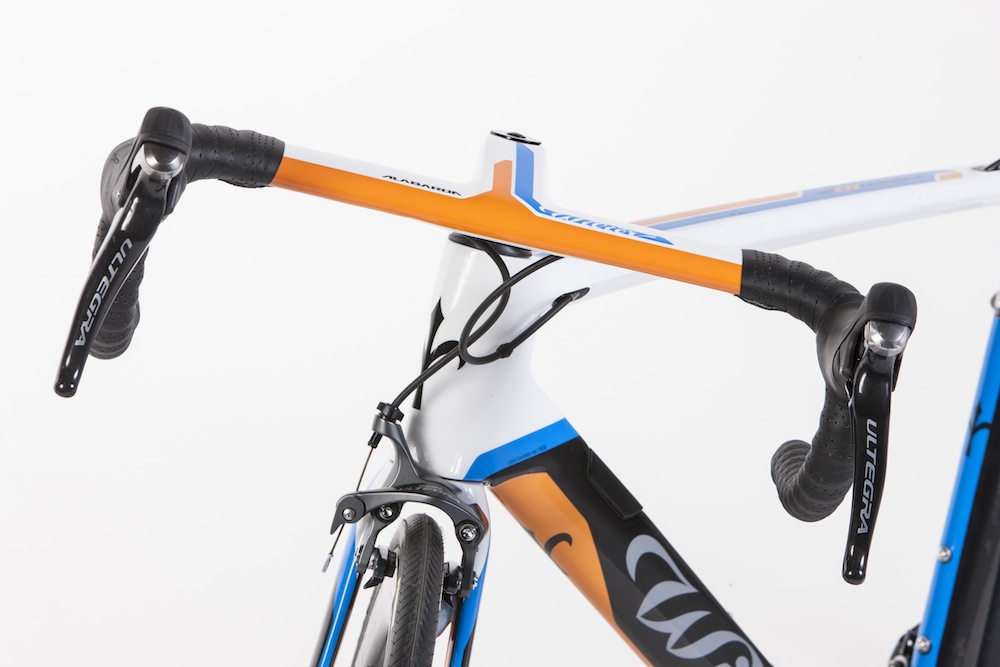
There’s space under the stem for a junction box if running an electronic transmission too. The Alabarda is locked to the stem via a wedge so that there are no protruding bolts and the teardrop-shaped spacers can be removed to adjust bar height.
It’s an impressive piece of design engineering and makes for a very clean front end. It’s comfortable too: the wide, flat tops of the bars provide a lot of surface area to support the hands when riding on the tops and their small frontal profile makes for good aerodynamics.
The front brake cable is routed externally from the bar centre to the direct-mount brake, while the rear runs through the top tube with the brake mounted on the seatstays. Wilier has gone for this option as it says that direct mount-brakes provide much better braking efficiency and serviceability than integrated brakes, with minimally increased drag.
More aero features
The Cento10 Air’s aero features don’t end with the bars. All the frame’s tubes have NACA truncated aerofoil profiles, with rounded front-facing sections and sharply flattened training edges. Wilier has used computational fluid dynamics simulation to optimise the airflow over the frame.
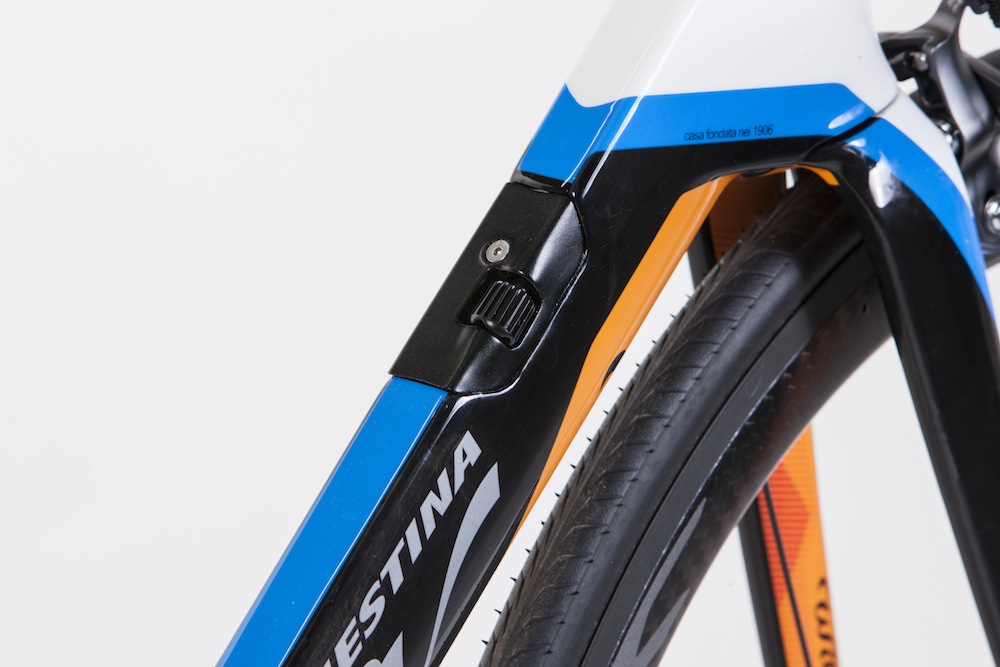
It’s also set the seatstays some way down the seat tube. They have a flat section where the two meet to reduce interference between them and the seat tube. The rear wheel sits close to the seat tube to reduce turbulence at this junction too.
The frame is topped off with a custom Ritchey carbon seatpost, which continues the truncated aerofoil design. It’s held in position by a recessed bolt in the top tube.
Watch: How much faster is an aero bike?
The fork legs too have an aero profile. Using direct-mount brakes front and rear means that they and the seatstays can be positioned at a greater distance apart and Wilier says that this limits aerodynamic interference with the wheels. There’s a metal plate bridging between the rear brake mounts to improve braking by limiting the amount of lateral flex in the seatstays when the brakes are applied.
The only part of the frame without aero features is the chainstays. Out of the wind, these have the chunky profile and asymmetric design of many of Wilier’s other road bikes, to promote good power delivery.
Wilier says the Cento10 Air’s frame weighs 990g – not bad for an aero bike and around 150 grams less than the Cento1 Air.
A quality specification
Our test bike is equipped with a mechanical Shimano Ultegra groupset, although Wilier offers electronic options too. Complex internal cable routing can lead to iffy shifting, but this was never a problem on the Wilier, with shifting as light, clean and precise as you’d expect from Ultegra. There’s a barrel adjuster for the front mech built into the down tube.
>>> Wilier GTR Team Endurance Athena review
There’s a compact chainset and 11-28 cassette so despite its racing pedigree, the Cento10 Air is happy enough being ridden up and down hills by a more average rider. The chainset runs on a Pressfit 86.5mm bottom bracket, its width helping with power transfer.
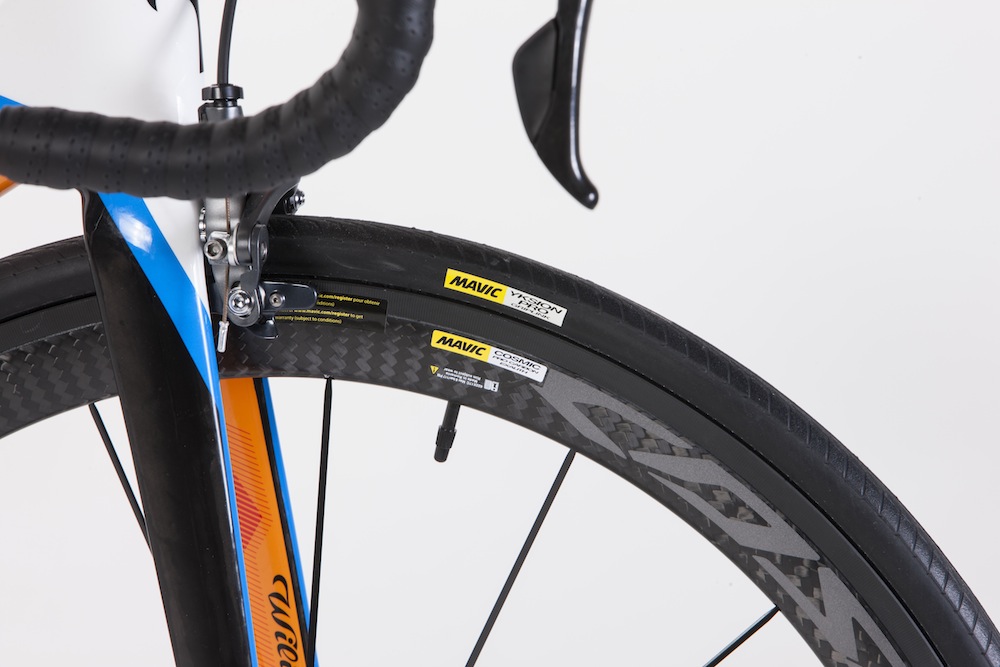
Wheels are Mavic Cosmic Pro Carbon Exalith 45mm deep carbon-alloy clinchers. They match the bike’s aero design well. The brake track is alloy with Mavic’s Exolith 2 treatment, giving effective, if noisy, braking in combination with the Ultegra direct-mount brakes, while the aero section is made of carbon fibre. Mavic says that they weigh 1,650 grams a pair.
>>> How much faster are aero wheels? (video)
Tyres are Mavic’s own Yksion Pro model with a different front and rear compound and 25mm width. These are grippy enough to provide confident handling on damp winter roads in the UK. Wilier says there’s enough clearance for 28mm section rubber if you want to go wider.
A comfortable ride
We’ve found some of Wilier’s bikes a bit jarring on typically rough UK roads. This has been avoided with the Cento10 Air though. Despite its racing credentials, it’s a comfortable bike for extended rides, with the wide top surface of the Alabarda bars helping to avoid discomfort when riding on the tops.
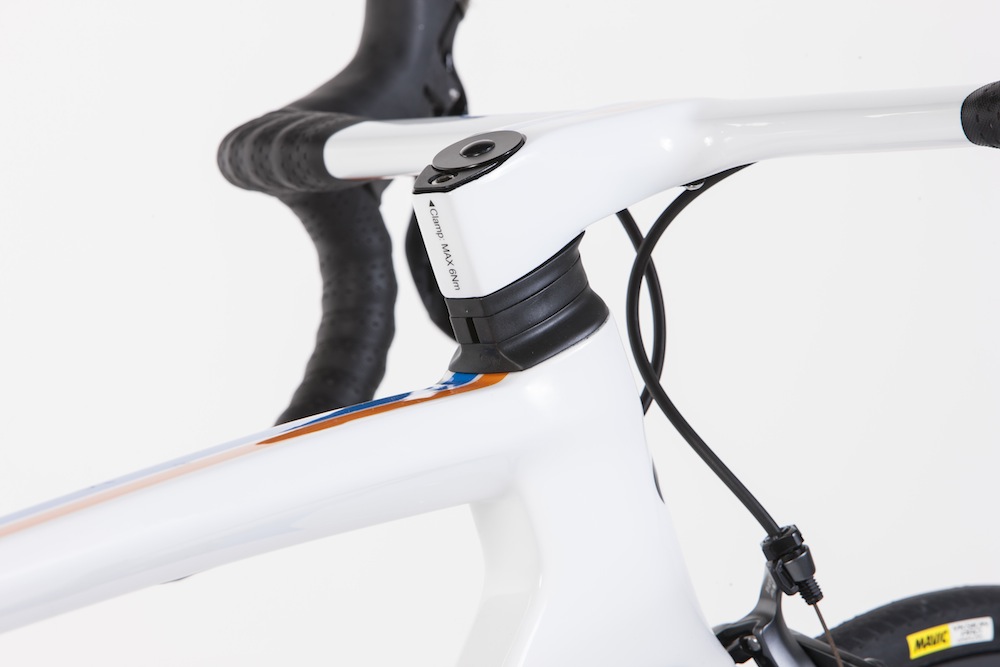
The Cento10 Air is stiff enough around its chainstays and rear section to climb well with a feel of good power transfer. Going down the other side, its aero features come into their own, with a fast stable ride.
>>> Wilier launches beautiful new 680g Zero.6 to celebrate company’s 110th birthday
This was nice on typically steep and short UK descents, but really came into its own on the long technical descents and fast straights of the Dolomites, where we had our initial test rides.
A quality design – but not cheap
Wilier has obviously invested substantially in the Cento10, not least in its Alabarda bars which can also be bought as an aftermarket option and also fit some of its older frames.
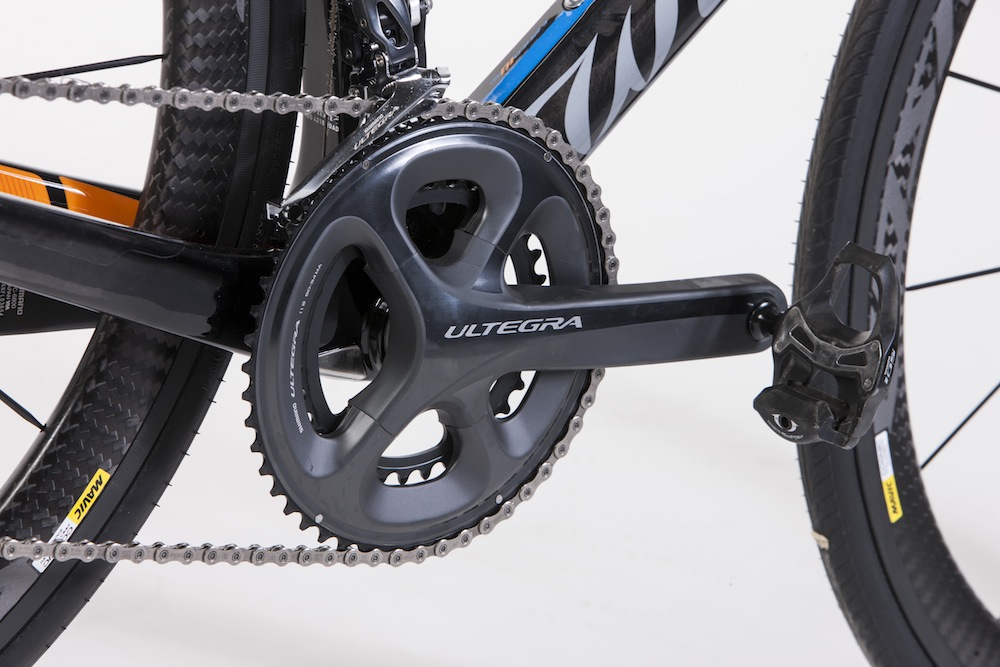
It’s also kitted the bike out with a quality aero carbon wheelset that you won’t have to go out and replace straight away. They’d cost you over £1,000 to buy separately, which goes some way to explain the Cento10 Air’s £4,999 price tag.
But for your money, you’re getting a top-notch aero bike with innovative, striking design features and a specification that you probably won’t need to upgrade, from a prestigious Italian marque.

Thank you for reading 20 articles this month* Join now for unlimited access
Enjoy your first month for just £1 / $1 / €1
*Read 5 free articles per month without a subscription

Join now for unlimited access
Try first month for just £1 / $1 / €1
Get The Leadout Newsletter
The latest race content, interviews, features, reviews and expert buying guides, direct to your inbox!
Paul started writing for Cycling Weekly in 2015, covering cycling tech, new bikes and product testing. Since then, he’s reviewed hundreds of bikes and thousands of other pieces of cycling equipment for the magazine and the Cycling Weekly website.
He’s been cycling for a lot longer than that though and his travels by bike have taken him all around Europe and to California. He’s been riding gravel since before gravel bikes existed too, riding a cyclocross bike through the Chilterns and along the South Downs.
-
 'This is a fresh start' - Belgian rider returns to professional cycling after two year anti-doping ban
'This is a fresh start' - Belgian rider returns to professional cycling after two year anti-doping banShari Bossuyt to ride for AG Insurance-Soudal from June
By Adam Becket Published
-
 'This is the marriage venue, no?': how one rider ran the whole gamut of hallucinations in a single race
'This is the marriage venue, no?': how one rider ran the whole gamut of hallucinations in a single raceKabir Rachure's first RAAM was a crazy experience in more ways than one, he tells Cycling Weekly's Going Long podcast
By James Shrubsall Published
-
 Full Tour of Britain Women route announced, taking place from North Yorkshire to Glasgow
Full Tour of Britain Women route announced, taking place from North Yorkshire to GlasgowBritish Cycling's Women's WorldTour four-stage race will take place in northern England and Scotland
By Tom Thewlis Published